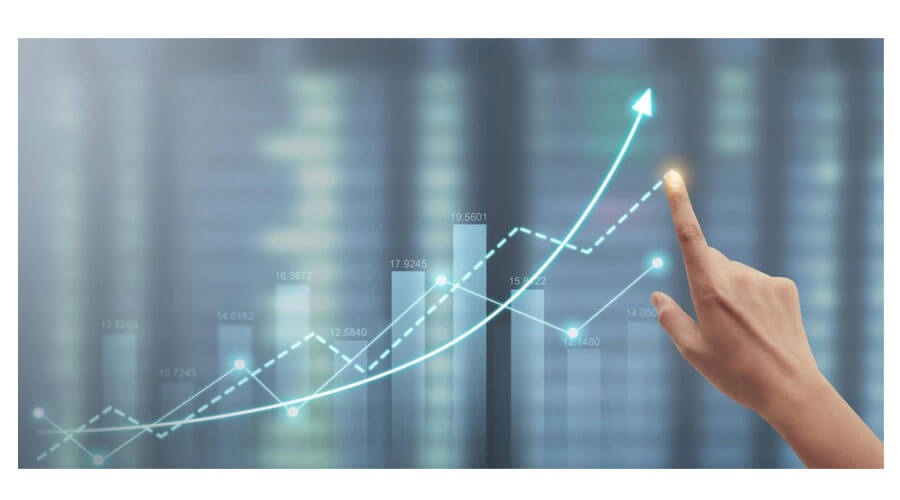
According to the most recent edition of the Global Findex, account ownership has increased around the world, with three out of every four persons now having a financial account. Despite this, 1.4 billion adults are unbanked. What policies and products can enable more unbanked adults to gain access to the financial system?
Insights from the Global Findex Database 2021 on how account owners utilize their accounts for payments, saving, and borrowing, as well as how various financial services interact as part of a larger financial ecosystem, highlight a key possibility for increasing financial inclusion. Specifically, through leveraging payments, which are one of the financial transactions that unbanked people already conduct.
People who receive payments into an account are more likely than non-recipients to utilize their accounts to manage funds, make payments, and save and borrow formally.
According to global Findex 2021 data, 20% of individuals in developing economies received a wage payment—whether from the commercial sector or the government – into an account (figure 1). Almost all of those recipients (91 percent) also made a digital payment from their accounts. At the same time, almost 70% of individuals who got a payment into their account also used their account to hold money for cash management, around half used their account to save money, and approximately half used their account to borrow money.
Also, Read Digital Payments for Q1 2022 in India by Worldline
The association between receiving a digital payment and using other financial services shows that once money is deposited into an account, account owners are increasingly likely to retain the money there until it is needed—and then make a payment from the account. Similarly, behavioral studies show that once money is in a savings account, it is quite straightforward to keep it there. Receiving a payment into an account may also make it easier to obtain formal credit if the payment can be used to demonstrate a consistent revenue stream.
Adults receiving wage payments into an account in developing economies also made digital payments and kept or saved money.
Employers and the government continue to make regular cash transfers to millions of unbanked persons. According to global Findex data, transferring part of these payments into an account could increase financial inclusion among the 1.4 billion unbanked people, perhaps leading to increased usage of financial services. Digitalizing such payments is a tried and true method of increasing account ownership. In developing economies, 39 percent of people (or 57 percent of those having a financial institution account) opened their first account specifically to receive a wage payment or money from the government. Researchers also discovered that digitising income transfers can motivate workers to save and enhance their financial resilience and savvy.
Establishing a supportive framework for payment of wages to be leveraged for improved financial inclusion has the potential to lower the number of unbanked people by 165 million.
According to global Findex 2021 data, 165 million unbanked adults received private sector wage payments in cash exclusively (map 1). Wage payments and other sorts of payments (such as payments for the sale of agricultural products) can be converted from cash to accounts, providing an entry point into the official financial system.
However, according to Global Findex data, one in every five persons in emerging nations who received a wage payment into a financial institution account, such as a bank or similar organization, paid unanticipated fees on the transaction.
Businesses and governments must work together to make digital payments safer, more inexpensive, and more transparent than cash-based alternatives so that employees can utilize their accounts to improve their financial well-being.





